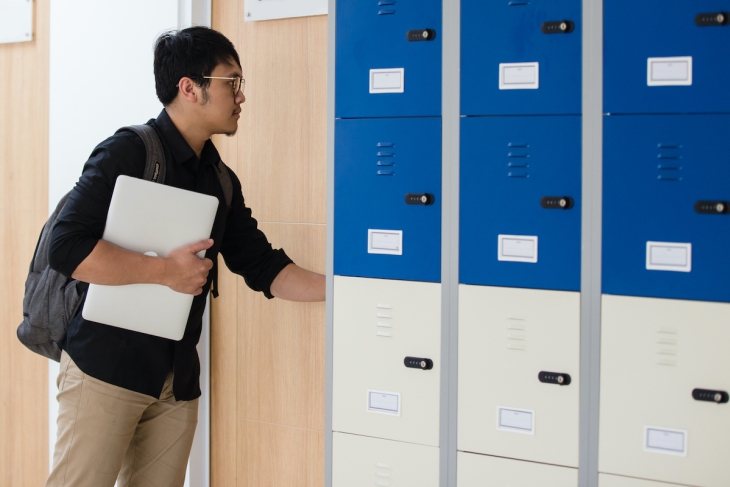A recent CALDER working paper examined links between teacher preparation programs and the chance that their candidates will enter or remain in the public school system for their first two years post-graduation. Its findings can help school systems improve teacher retention—a problem that many districts face, especially those that mostly educate disadvantaged students.
The researchers used data on 15,000 public school teachers and students in Washington State, combined with data on student teaching placements from fifteen teacher education programs in that state. Examining the years between 2007 and 2018, they used candidates’ teaching placement year and location, data on mentors, personnel records, and building-level information. They also conducted robustness checks to account for possible causal relationships between teacher candidates’ characteristics and experiences and their workforce participation.
The most significant finding is that candidates were 5 percent more likely to remain in the public school system beyond those first couple of years when their student teaching experience, specifically the school level in which they taught, aligned with their post-graduate teaching experience. Candidates were also more likely to enter public education if they earned a certification to teach a specific subject in a difficult-to-staff content area, with educators holding a STEM endorsement being 4.4 percentage points more likely to enter public schools and special education-endorsed teachers being 11.8 percentage points more likely.
Conversely, the characteristics of mentors who oversaw candidates as student teachers had little effect on whether they remained in the classroom. And those who graduated close to and during the 2008 recession were significantly less likely to teach in public schools, even up to a decade later: 76 percent of candidates from right before or during the recession were teaching in public schools up to ten years after graduating, compared to 84 percent among cohorts from after the recession.
The lessons from Washington State are likely useful elsewhere: Better align student teaching opportunities with post-graduate teaching jobs, encourage certification in in-demand areas and subjects, and find ways to support graduates of teacher preparation programs during hiring freezes, lest you waste talent that you’ll need when those freezes lift.
SOURCE: Dan Goldhaber, John Krieg, Roddy Theobald, and Marcelle Goggins "Front End to Back End: Teacher Preparation, Workforce Entry, and Attrition,” National Center for Analysis of Longitudinal Data in Education Research (2020).




